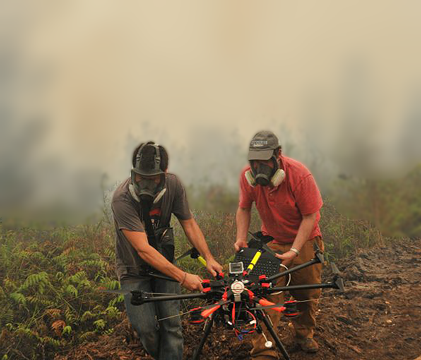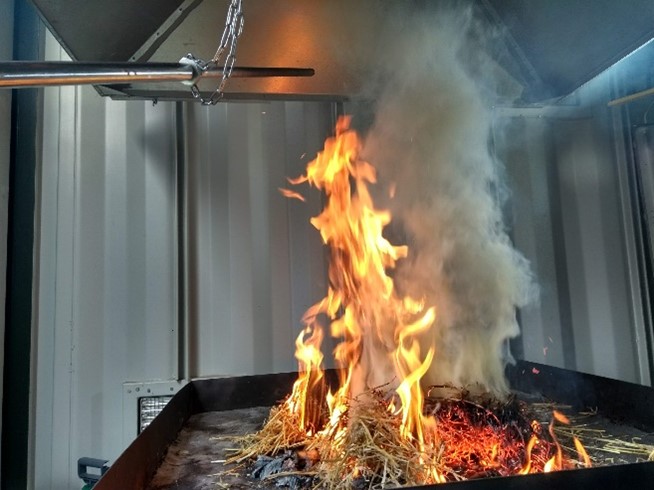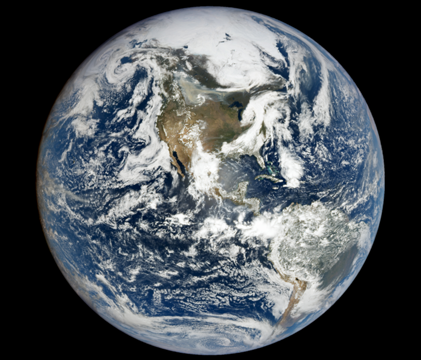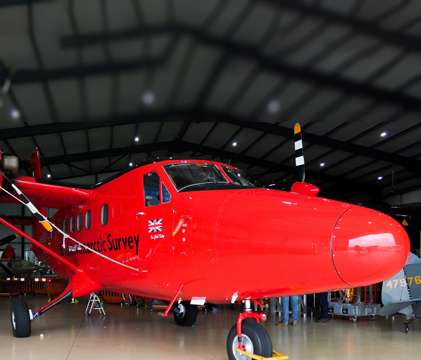
Air Quality Research in Southeast Asia
Global and regional atmospheric models suggest that every spring, air quality in parts of Northern Southeast Asia is amongst the worst in the world, apparently due to smoke from biomass burning.
Surface level fine particulate matter (PM2.5) concentrations exceed 100 µg.m-3 each year in many areas, and 1000 µg.m-3 in some years, greatly exceeding the 15 µg.m-3 daily limit set by the World Health Organisation (WHO).
Evidence on the detrimental effects of fire sourced PM2.5 are reliant on trustworthy air quality data, but many Low- and Middle- Income Countries (LMICs) lack this capacity. Modelled AQ data is often used as a substitute, using satellite detections of active fires (AFs) to estimate emissions of PM2.5.
However, these models and satellite AF data may not fully capture smaller agricultural fires and fires occurring outside of satellite overpasses, potentially underestimating the amount of emissions coming from fires in the region. Ground measurements, which could validate the satellite data or reveal this underestimation, are limited in LMICs, especially in rural areas where much of the agricultural burning takes place.
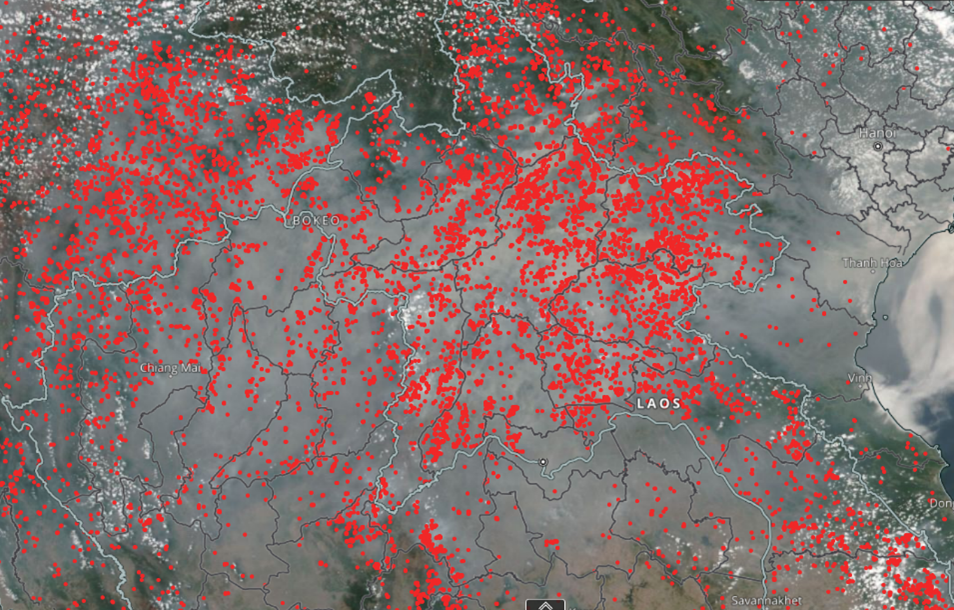

Fieldwork campaign
In September 2022 the NCEO-King’s group, lead by Prof. Wooster secured a UKRI GCRF ODA grant of £87,000 to carry out a project to investigate the air quality impacts of the burning season. Co-lead by Dr. Hannah Nguyen and Dr. Mark Grosvenor, the King’s team spent the last 4 months of 2022 working with in-country partners in Laos (Dr. Chittana Phomplia), Vietnam (Dr. Quang Nguyen) and Thailand (Dr. Veerachai Tanpipat) to prepare for and carry out a fieldwork campaign to install more than 60 ‘low-cost’ Purple Air Particulate Matter sensors across Thailand, Laos and Vietnam.
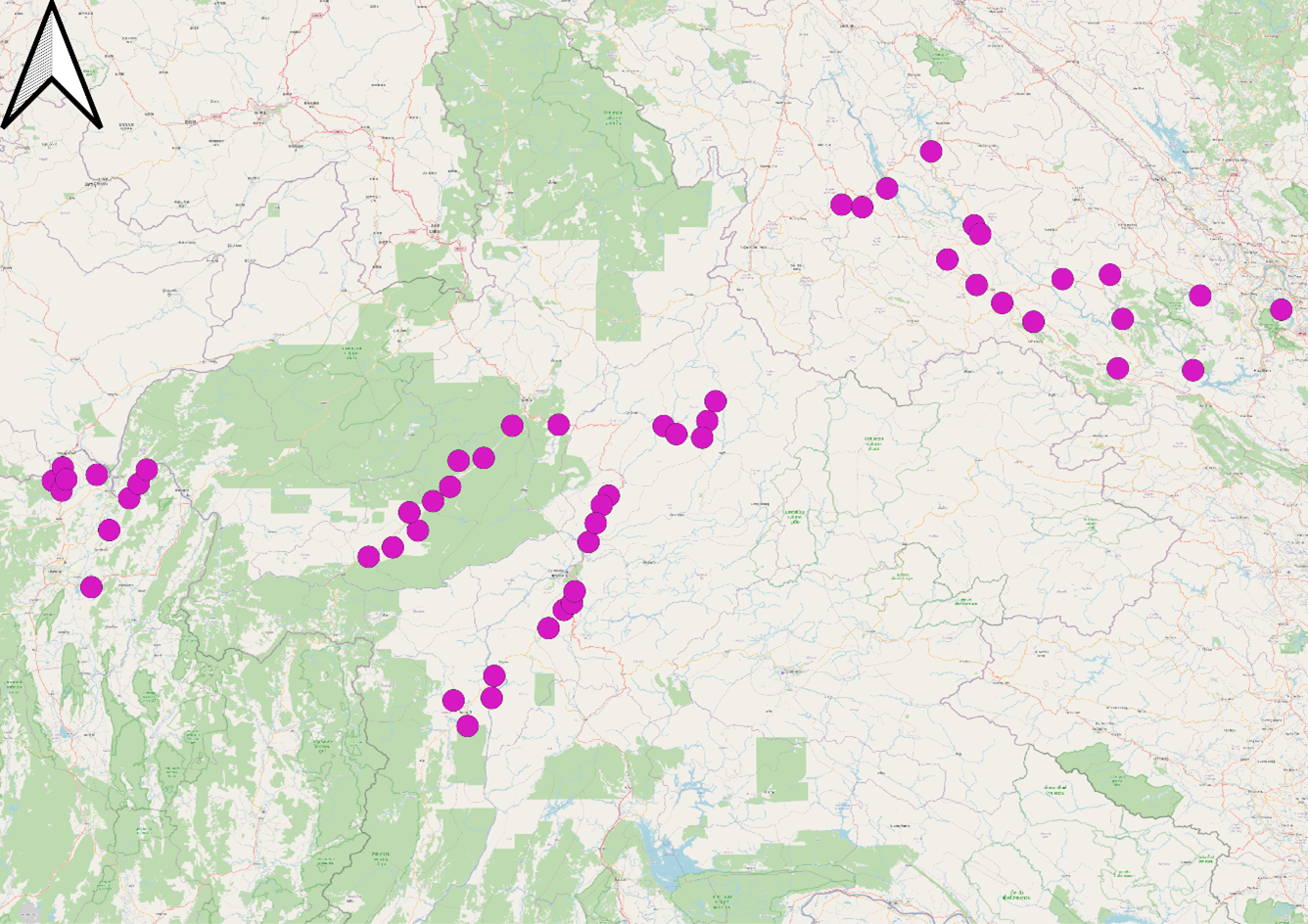
Over 3 weeks in January 2023 and joined by Dr. Gareth Roberts (Southampton University) the King’s team deployed to Southeast Asia, and together with our local collaborators, installed sensors in villages and meteorological stations. At each site the sensors were connected to local WiFi, allowing for live data from each sensor to be collected. The data collected from the network will be used as validation measurements to assess air quality forecasts which are reliant on satellite observations of active fires.
The sensor network automatically collected data throughout the 2023 fire season (peaking in March & April) as well as continued background non-fire season measurements later in 2023. In early 2024, the network was refreshed to resolve connectivity issues and replace any problematic sensors. View the latest data from the SE-Asia Air Quality Sensor Network.

Contact
For further information contact




